
Growing your own vegetables is easier than you think! With a little care, you can grow fresh food right at home. Choose a sunny spot, water regularly, and watch your plants grow.
Any garden, big or small, can work. Start with simple plants like tomatoes or lettuce. You’ll be surprised how much you can harvest.
Want to grow your own food? It’s simple and fun! Pick a sunny place and plant seeds in soil. Water them every day, and they’ll grow strong.
You’ll enjoy fresh veggies and a happy garden. Try these tips and see what you can grow!
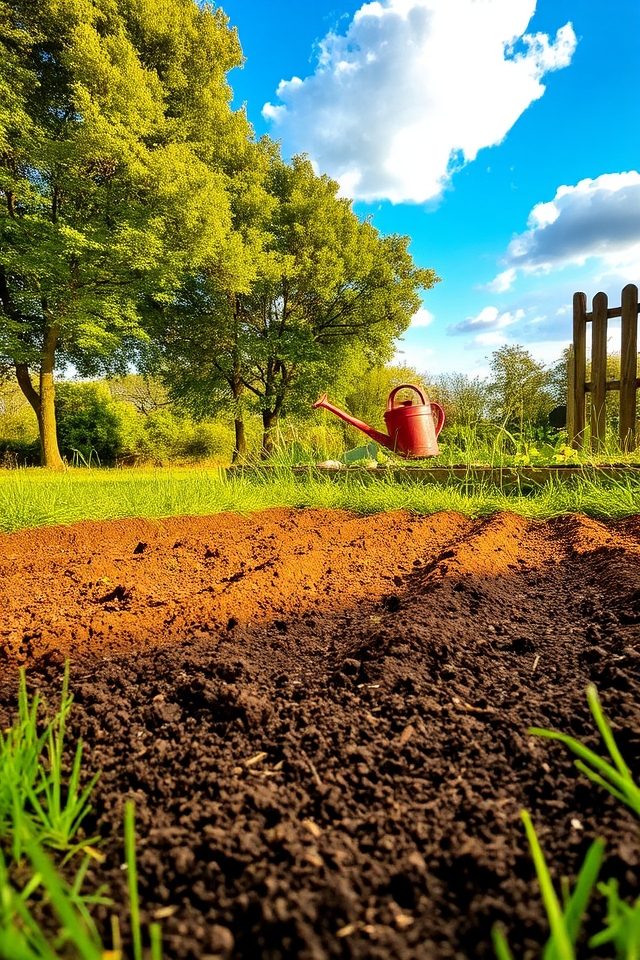
Choosing the right location for your vegetable garden is essential for success. Look for a spot that receives at least 6-8 hours of direct sunlight each day, as most vegetables thrive in bright conditions. Make certain the area has good drainage to prevent waterlogging, and consider proximity to a water source for easy irrigation. Additionally, select a location that is protected from strong winds and has enough space for your chosen crops to grow without overcrowding.
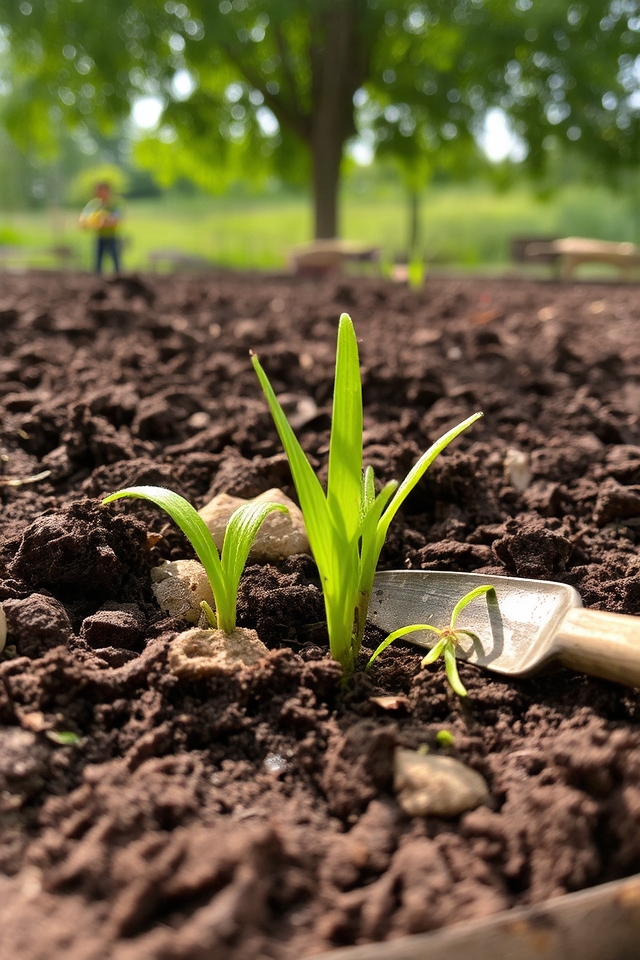
Starting with quality soil is fundamental for successful home vegetable gardening. Healthy soil provides essential nutrients, improves water retention, and fosters beneficial microbial activity. Begin by testing your soil’s pH and nutrient levels, then amend it with organic matter, such as compost or well-rotted manure. This creates a fertile environment that encourages robust root development and promotes vigorous growth, ultimately leading to a bountiful harvest of fresh, homegrown vegetables.
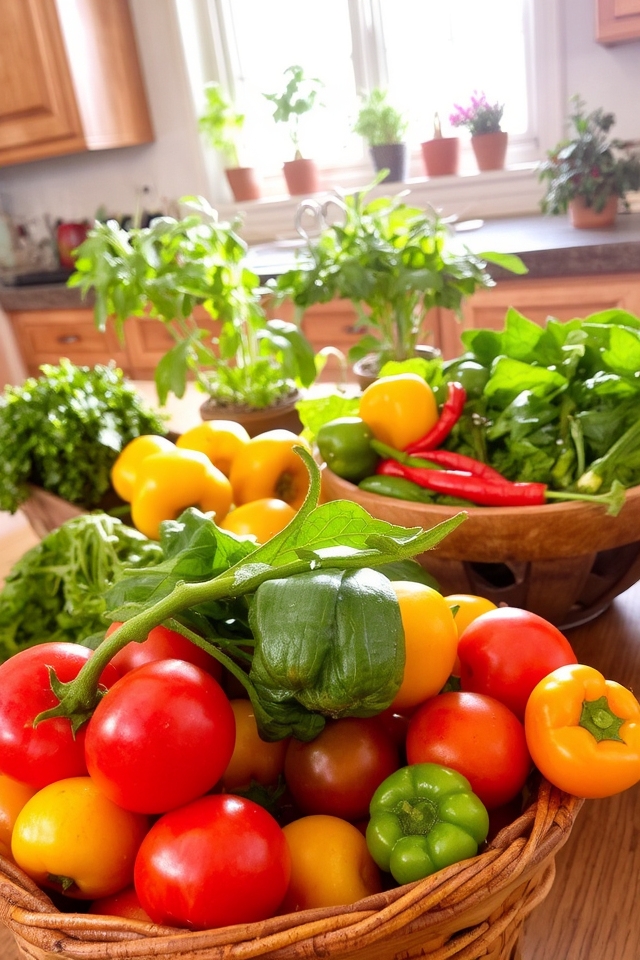
Selecting suitable vegetables for home gardening involves considering your climate, space, and personal preferences. Start by evaluating your growing zone to determine which vegetables thrive in your environment. Next, consider the amount of sunlight and space available—some plants require more room than others. Finally, choose vegetables you enjoy eating, as this will make the gardening experience more fulfilling. Common easy-to-grow options include tomatoes, peppers, and salad greens.
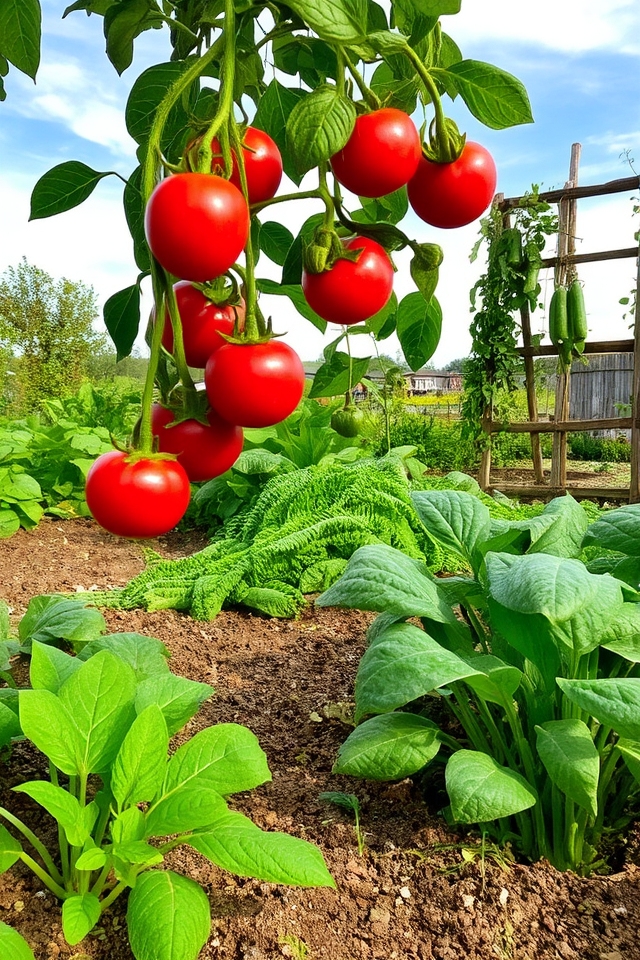
Companion planting is an effective strategy for maximizing the health and productivity of your home vegetable garden. By pairing certain plants that mutually benefit each other, you can naturally deter pests, enhance growth, and improve flavor. For instance, planting tomatoes alongside basil can boost tomato flavor while repelling harmful insects. Additionally, legumes can fix nitrogen in the soil, benefiting nearby leafy greens. Integrating companion planting into your gardening routine fosters a more balanced ecosystem.

When planning for sunlight requirements in your home vegetable garden, it’s essential to assess the sun exposure in your chosen location. Most vegetables thrive in full sun, meaning they need at least six to eight hours of direct sunlight each day. Pay attention to nearby trees, buildings, or fences that may create shade throughout the day, and consider rotating crops or utilizing containers for flexibility in sun exposure. Proper planning guarantees healthier plants and a more bountiful harvest.
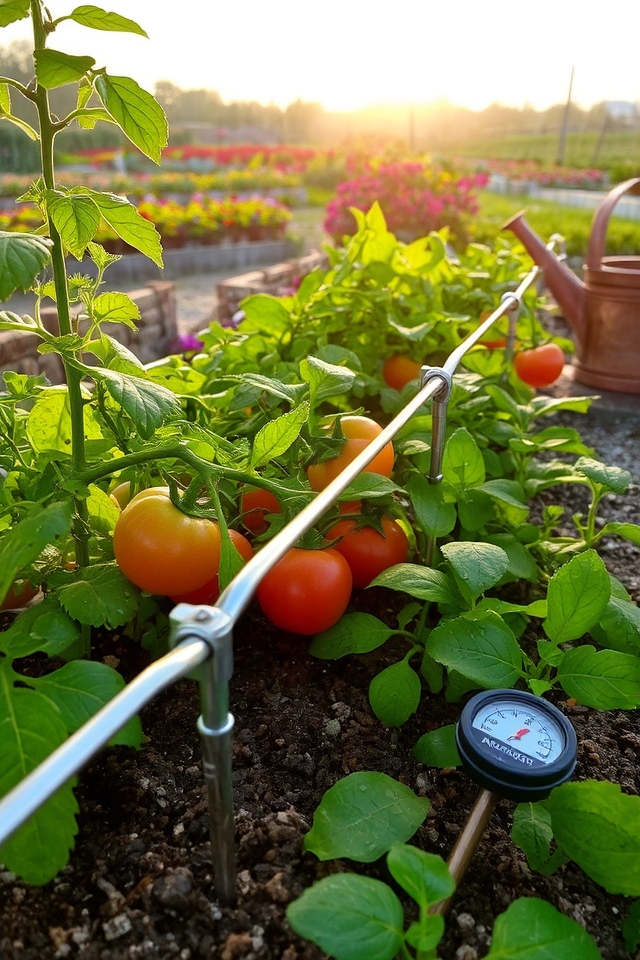
Implementing effective watering techniques is essential for successful home vegetable gardening. Establishing a consistent watering schedule guarantees that plants receive the moisture they need without over-saturation. Utilize methods such as drip irrigation or soaker hoses to minimize evaporation and target the root zone. Water in the early morning or late afternoon to reduce water loss due to heat. Monitoring soil moisture with a moisture meter can help determine the right time to water for peak plant health.
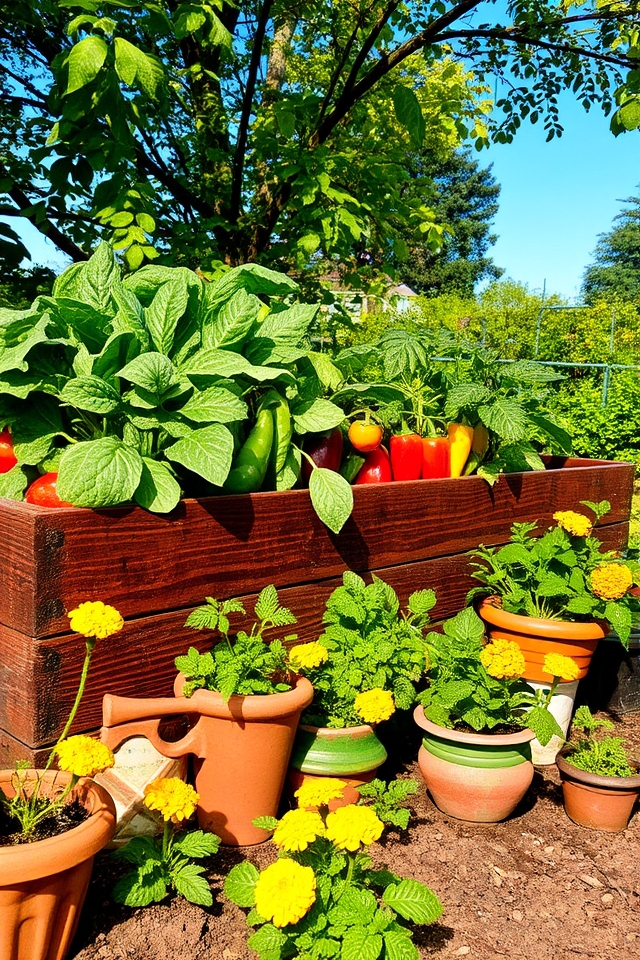
Using raised beds or containers is an excellent way to grow vegetables at home, especially if space is limited or soil conditions are poor. Raised beds elevate the planting area, providing better drainage and soil quality while reducing weeds. Containers offer flexibility, allowing you to utilize patios or balconies for gardening. Both options enable gardeners to control the soil mix, making it easier to grow a variety of vegetables, all while enhancing accessibility and maintaining a neat appearance.
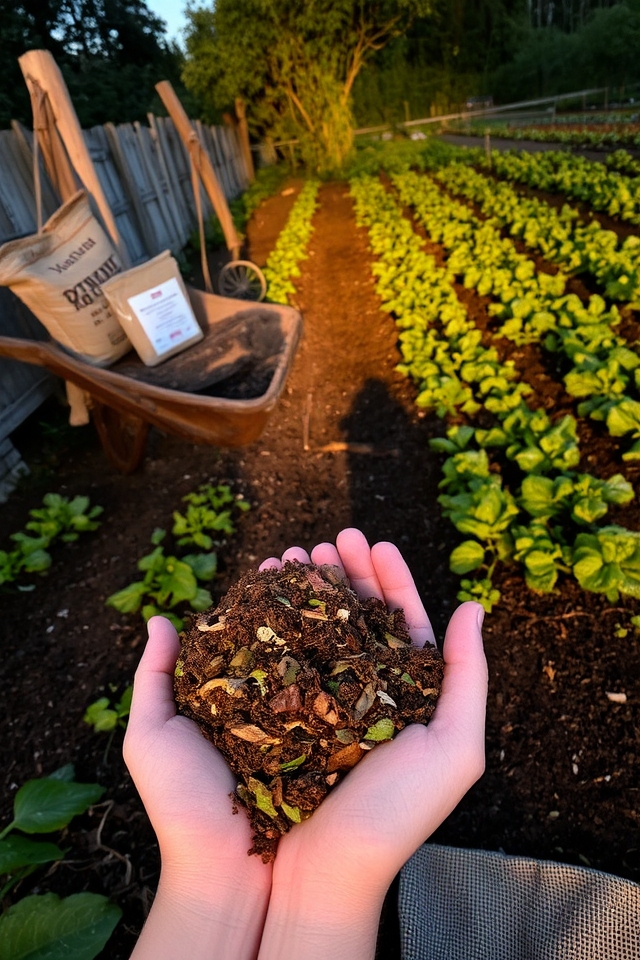
Fertilizing wisely is essential for home vegetable gardening. Understanding the specific nutrient needs of your plants guarantees they receive ideal growth without over-fertilizing. Organic options like compost, aged manure, or bone meal enrich the soil naturally, improving structure and microbial health. Always conduct a soil test to determine existing nutrient levels, allowing for targeted supplementation. Apply fertilizers according to the recommended schedules, considering the plant’s growing stage, to promote healthy, bountiful harvests while minimizing environmental impact.
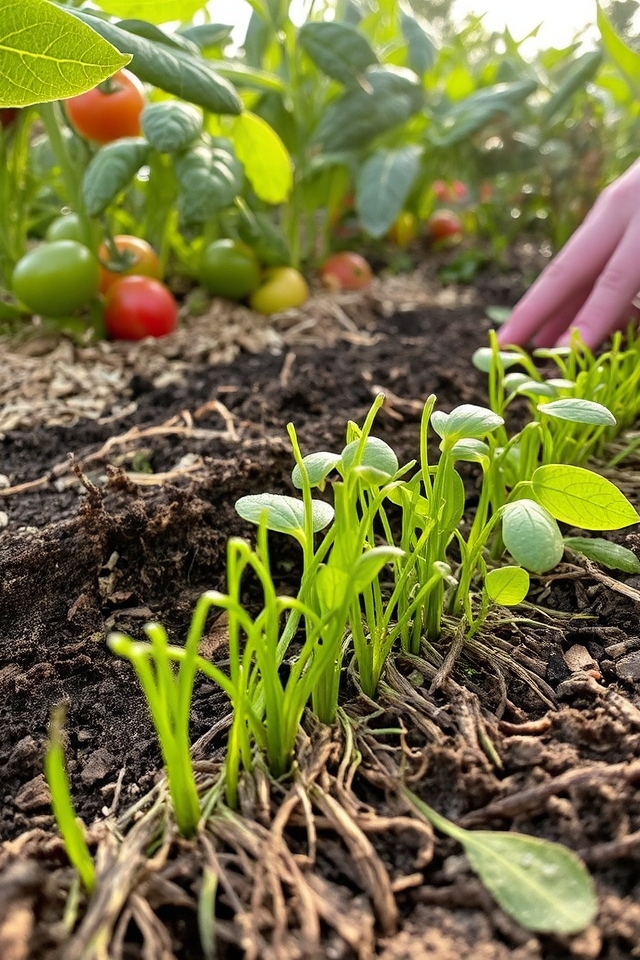
Controlling weeds is essential for a successful home vegetable garden. Weeds compete with your vegetables for nutrients, water, and sunlight, potentially stunting their growth. To manage weeds effectively, consider using mulch to smother them, hand-pulling them regularly, or applying organic weed barriers. Additionally, maintaining healthy soil and proper spacing between plants can also deter weed growth. Regular maintenance will guarantee your vegetables thrive without the interference of unwanted plants.
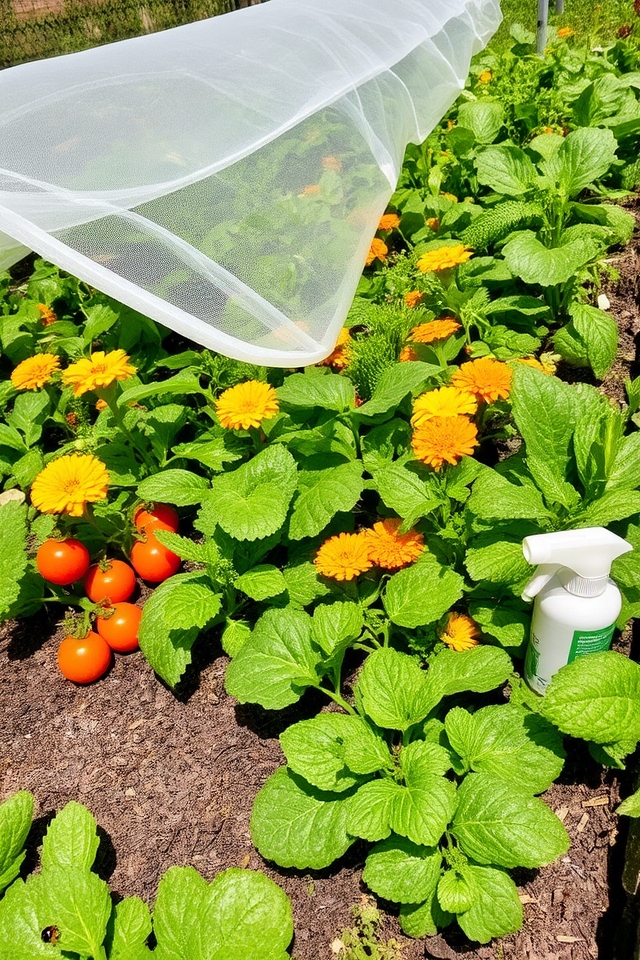
To protect your homegrown vegetables from pests, consider implementing natural deterrents such as companion planting, which involves growing certain plants together to repel harmful insects. Additionally, row covers can shield young plants from pests while allowing sunlight and moisture to reach them. Introducing beneficial insects, like ladybugs and lacewings, can help control pest populations. Regularly inspecting your plants and maintaining good garden hygiene will also play a crucial role in preventing infestations.
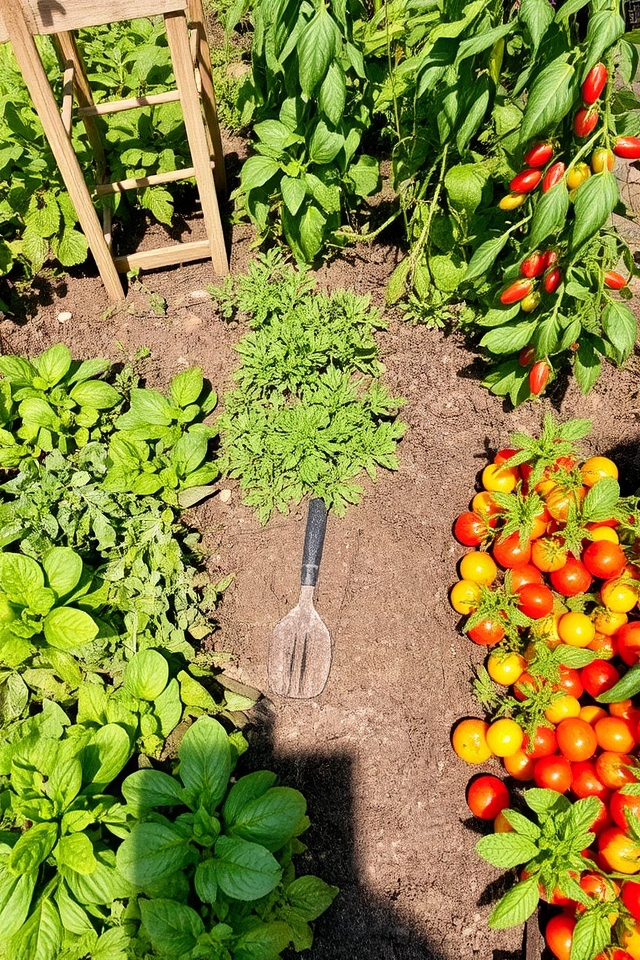
Rotating crops annually is an essential practice in home gardening that helps maintain soil health and reduce pest and disease problems. By changing the location of specific vegetable families each year, you prevent nutrient depletion and minimize the risk of infestations that target particular plants. This strategy guarantees a balanced ecosystem in your garden, enhancing growth and yield. For best results, group vegetables into families and map out your planting scheme to facilitate effective rotation.
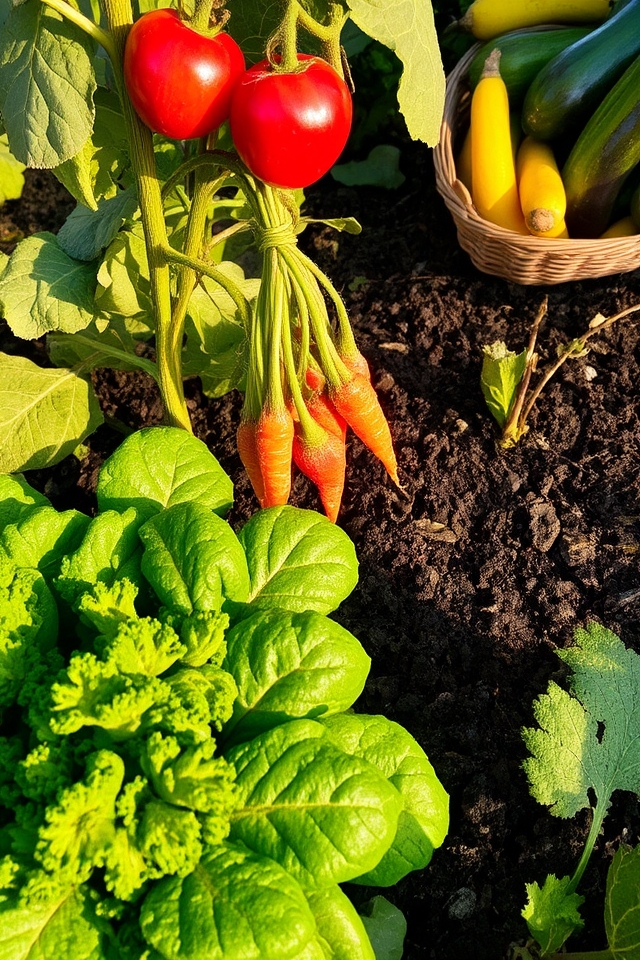
Harvesting vegetables at the right time is essential for achieving peak flavor, texture, and nutritional value. Each vegetable has its own specific harvest window, typically indicated by size, color, or days after planting. Regularly checking your plants will help you identify the perfect moment. For instance, leafy greens should be picked before they bolt, while root vegetables should be harvested when they reach a desirable size. Timing your harvest correctly guarantees a bountiful and delicious yield.
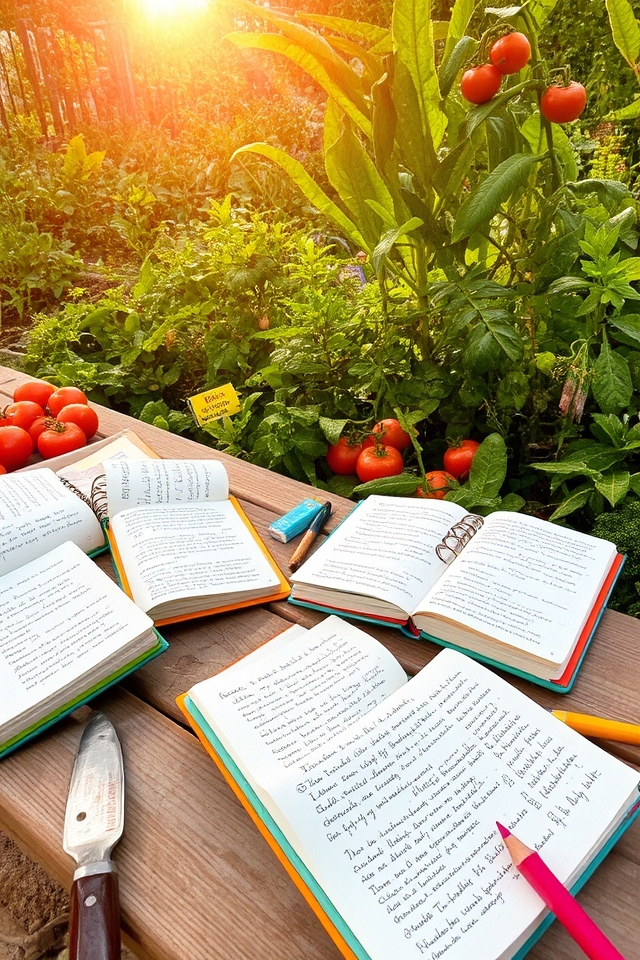
Keeping records of your garden is essential for successful home vegetable gardening. By documenting planting dates, crop varieties, growth progress, and any challenges encountered, you can track what works best in your specific environment. This information helps you make informed decisions for future planting seasons, improving yield and plant health. Additionally, noting weather patterns and pest occurrences can guide your gardening practices, ultimately leading to a more fruitful and enjoyable vegetable garden experience.
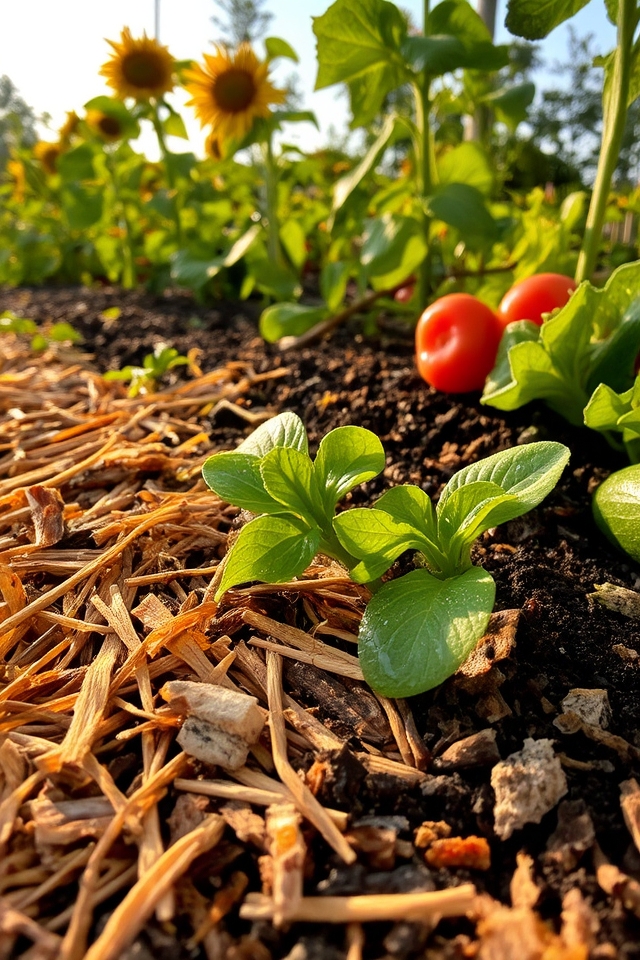
Using mulch in your vegetable garden provides essential insulation for the soil. It helps to regulate soil temperature, keeping it cooler in the summer and warmer in the winter. This temperature moderation promotes healthier root growth and helps retain moisture, reducing the need for frequent watering. Additionally, organic mulch, such as straw or wood chips, decomposes over time, enriching the soil with nutrients. Overall, mulching is a beneficial practice for maintaining a thriving vegetable garden.
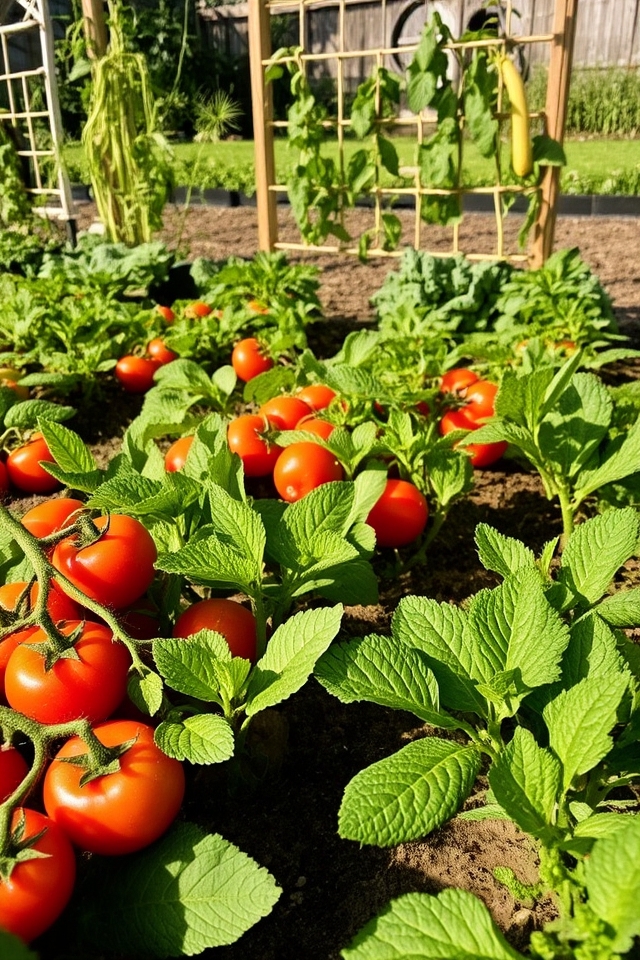
Understanding plant spacing is essential for successful vegetable gardening at home. Proper spacing guarantees that each plant receives adequate sunlight, air circulation, and nutrients from the soil, leading to healthier growth and higher yields. When planning your garden layout, consider the mature size of each vegetable and the recommended spacing guidelines. Crowding can lead to stunted growth and increased susceptibility to pests and diseases, while too much space may waste valuable garden real estate.
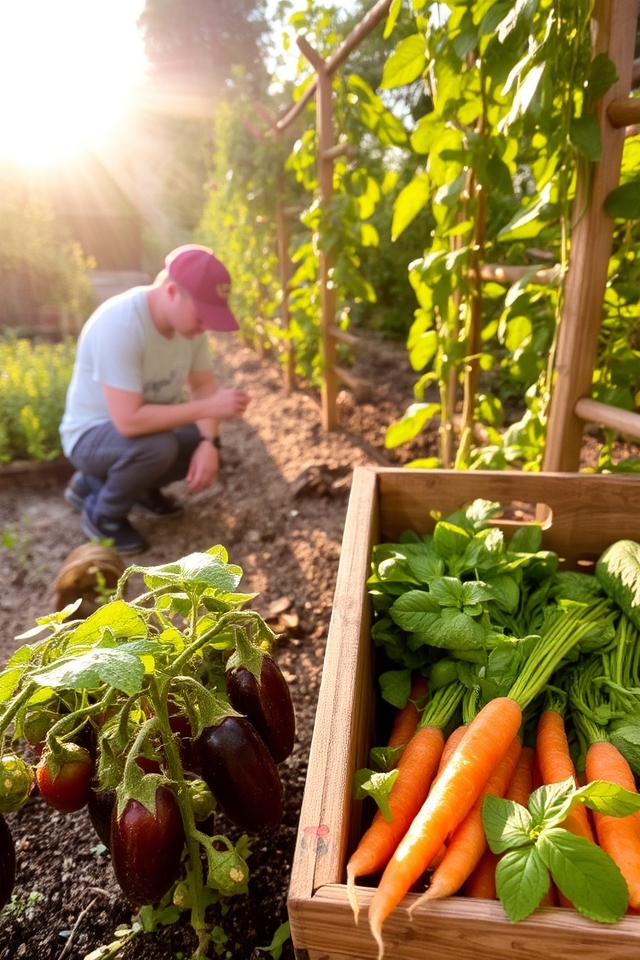
When growing vegetables at home, patience and observation are key to success. Plants require time to germinate and mature, so don’t rush the process. Regularly check your garden for signs of growth, pests, or diseases. Observing your plants closely allows you to respond promptly to any issues and make necessary adjustments to care. By being patient and attentive, you’ll foster a thriving vegetable garden that yields fresh produce.
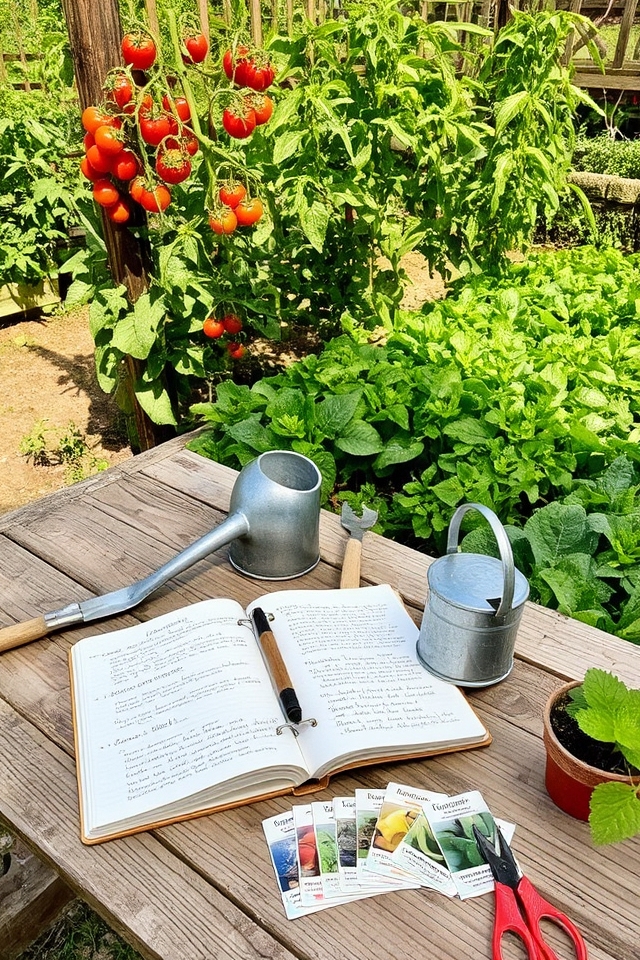
Learning from your gardening experiences is essential for improving your skills and achieving bountiful harvests. Each season offers valuable lessons, whether through successes or challenges. Keep a gardening journal to note what worked well and what didn’t, including planting dates, weather conditions, and plant varieties. Reflecting on these experiences will help you refine your techniques, adapt to your local environment, and make informed decisions for future gardens. Embrace the process, as it enhances both your gardening knowledge and enjoyment.
Growing your own vegetables at home isn’t just about planting seeds; it’s about cultivating joy and nourishment. As you embrace these tips, remember that each garden is a unique journey—reflecting your dedication, creativity, and love for nature. With a bit of patience and experimentation, you’ll discover the delightful rewards of home gardening. So grab that trowel and let your garden flourish; after all, what could be more satisfying than savoring the fruits (and veggies) of your labor?

Don't let aphids, slugs, and caterpillars ruin another plant. Take back control with simple, natural methods that actually work.